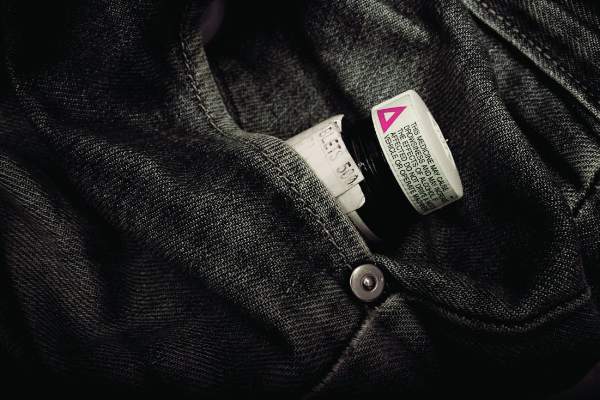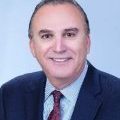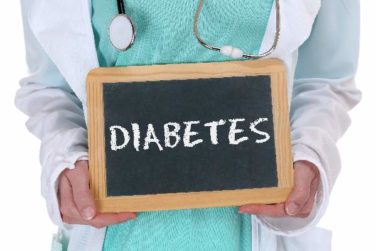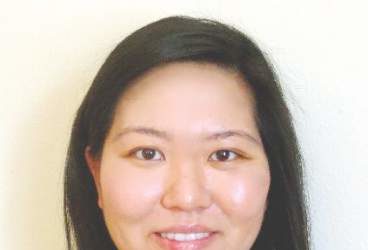EXPERT ANALYSIS FROM AAP 16
SAN FRANCISCO (FRONTLINE MEDICAL NEWS) – Clinicians treating children should seek out and advocate for resources needed to treat opioid addiction rather than shying away from doing so because of a feeling of helplessness, Pamela Gonzalez, MD, said at the annual meeting of the American Academy of Pediatrics.
Opioid poisonings have nearly doubled among children and adolescents over the past decade and a half, a retrospective analysis of 13,052 national hospital discharge records found. Pediatric hospitalizations for opioid poisonings increased nearly twofold from 1997 to 2012. That is, the annual incidence of hospitalizations for opioid poisonings per 100,000 children aged 1-19 years rose from 1.40 to 3.71, an increase of 165% (P less than.001) ( JAMA Pediatr. 2016 Oct 31. doi: 10.1001/jamapediatrics.2016.2154 ).
This drives home the importance of pediatricians screening for and addressing opioid use among their patients, said Dr. Gonzalez, a pediatrician in the department of psychiatry at the University of Minnesota, Minneapolis.
“Silence is deadly,” she said. “What’s going to stop this problem? Not being silent, not being quiet about it.
“I hear a lot of people still saying, ‘I don’t have enough resources; I don’t know where to send them to; what am I going to do?’ ” she said. “There are a lot of illnesses that we look for, that we get the diagnosis for, and the outcome may be supportive or may be a difficult conversation with the family, but just because at this point resources aren’t what we want them to be does not mean not to look.”
Understanding the problem
Dr. Gonzalez pointed out how accessible opioids are for children and adolescents. Most youth access prescription opioids for misuse or nonmedical use from legitimate prescriptions diverted from an intended use. The largest source of diverted medication is prescribing to adults, and the problem is worsened by the fact that some youth have an enhanced vulnerability to misuse or nonmedical use of opioids.
“Therapeutic use is still exposure,” she explained, citing a one-third increased risk of nonmedical use during ages 19-23 among youth who were prescribed opioids before 12th grade. Those prescribed opioids before their senior year also have a 2.7 times greater risk of using the opioids recreationally to get high ( Pediatrics. 2015 Nov;136[5]:e1169-77 ).
The problem is exacerbated by the fact that patients at higher risk for substance use disorder also happen to be more likely to be prescribed chronic opioid therapy. Children and teens with preexisting psychiatric conditions have a 2.4 times greater risk of receiving long-term opioids than not receiving opioids at all, and they are 1.8 times more likely to receive long-term opioids than some opioids.
Prescription opioids have begun to replace heroin as the starting point on the path toward opioid use disorder, Dr. Gonzalez pointed out. A study in 2014 found that more than 80% of individuals who began taking opioids in the 1960s started with heroin, whereas 75% of users in the 2000s began their addiction with prescription opioids ( JAMA Psychiatry. 2014;71[7]:821-6 ).
What pediatricians can do
“When our primary and secondary prevention efforts don’t work, we’re going to need to look at treatment options” for opioid use disorder, Dr. Gonzalez said. “Kids do better on some kind of medication than not.”
The most effective medications are buprenorphine and injectable naltrexone, but these are frequently unavailable to the adolescents who need them, she said. One way to begin saving lives is to increase the number of pediatricians who are trained and approved to provide buprenorphine to youth. Physicians can seek a waiver to be able to prescribe buprenorphine to youth with opioid use disorder and learn about treatment with naltrexone by taking an 8-hour online course that is free to AAP members at www.aap.org/mat.
She acknowledged that more resources are needed to address the problem of opioid misuse, something the surgeon general has made a priority as well, but that resource deficit should not be an excuse not to take action. Federal funding is available for states to treat opioid addiction, but some states, such as Minnesota, where Dr. Gonzalez works, may not qualify if there is “not enough of a problem.”
“If every state can’t get it to help with their treatment and prevention resources, that’s not enough money earmarked for it,” she said, “but we can advocate for it.”
At the same time, pediatricians can work toward prevention by screening for mental health symptoms and for substance use – two separate screenings – at every pediatric visit starting no later than age 11 years and at any visit where opioids are being prescribed. Further, before prescribing opioids to youth, doctors should weigh the need to reduce pain against the risks of future addiction to determine if opioids are really the best option for that patient.
Dr. Gonzalez concluded her plenary speech with a plea to her colleagues: “It begins with one pill, but the end begins with us. Every kid matters. We’re not going to save them all. We have to start with one kid at a time. We’re not going to save everybody, but one life for everybody in this room is a lot of kids. Help me save one life today.”
Dr. Gonzalez had no disclosures.





